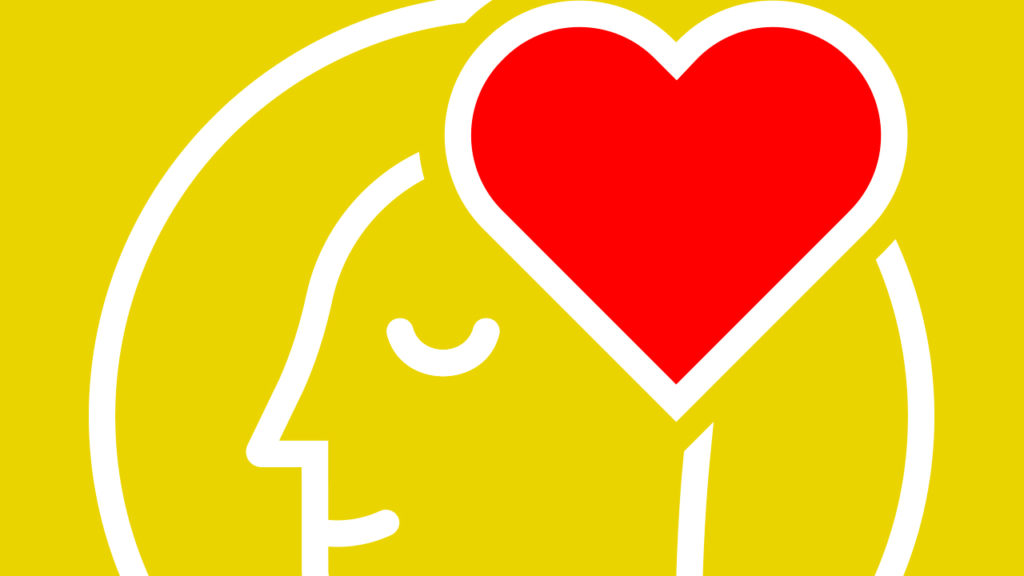Understanding how the human brain forms long-term memories could hold the key to branded content recall, according to a study by BBC StoryWorks. Creating “emotional spikes,” maximizing “color memory” and riding memory moments are three ways that marketers can use science and creativity, researchers observed.
“Science of Memory” is a study commissioned by the content marketing division of BBC Global News and Storyworks and Neuro-Insight designed to measure the relationship between branded content and human memories.
A total of 2,179 respondents from the USA, Germany, Australia and Singapore were shown six BBC brand films, during which their facial expressions and electrical brain activity were measured. The test was followed up with a questionnaire to capture brand metrics, and results were compared to an unexposed control sample.
BBC StoryWorks found that emotion is key to creating a lasting impact when producing brand content. The bigger an emotional spike, the more likely it is to trigger long-term memory in the brain, researchers observed. These emotions don’t necessarily have to be positive, either—it just has to be intense and a memory will be formed.
The study fused facial coding data with the neuroscience technique, steady state topography, which captures electrical activity in your brain and was able to track second by second, the emotional state, degree of emotional intensity, and level of long-term memory encoding of the respondents.
“The emotions experienced when consuming content are encoded into long-term memory,” wrote BBC StoryWorks alongside the findings, “so stimulating and engaging audiences with storytelling that delivers truly emotional engagement leads to really powerful outcomes for brands.”
All brands want to leave consumers with a positive view of their company, so BBC StoryWorks offered advice on how to fine-tune the process.
Brand films should be structured like a good movie in that they set the emotional stakes early. The films that triggered their highest emotional intensity in the first third of their duration ultimately delivered stronger memory of the content overall.
Crafting emotional peaks in the story are important, and should be paced frequently, the study suggests. Research suggests that provoking multiple peaks of emotional intensity, rather than slow building to a singular event, delivered a higher impact on memory.
“Emotion often precedes memory,” the company says. “A sudden spike in emotional intensity causes memory encoding to rise shortly afterwards. Seamlessly integrating a brand in the memory window after moments of high emotional intensity allows the brand to ride the wave of the narrative into memory.”

